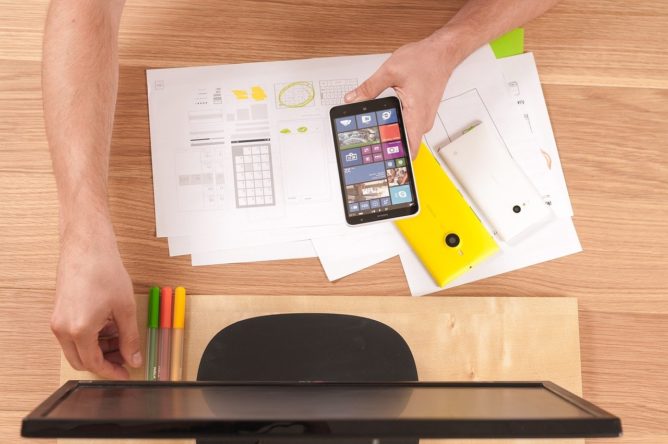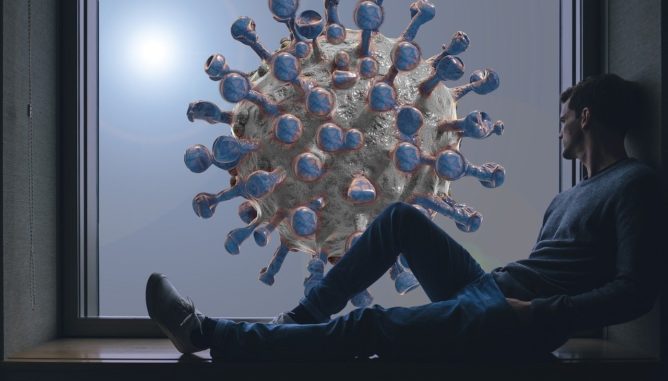Microsoft now distributes the Windows 10 November 2019 update in a next phase, for users in unmanaged environments. This is how it works.
Microsoft is now distributing the Windows 10 November 2019 Update for unmanaged environments. According to Microsoft, this version is available for all Windows 10 users who are looking for updates.
To do this, users must become active and open the “Settings” page from the Start menu in Windows 10. Then they must go to the Update and Security category > Windows Update > Check for Updates. Now, if the search under “Windows Update” is successful, the “Functional Update for Windows 10, Version 1909” entry should be displayed in the “Optional Updates Available” category. Only on Windows 10 clients that have known compatibility issues with the new 1909 version, the feature update is not offered.
Compared to the original release of Windows 10 November 2019 Update, very little has changed. Since November 2019, users have been able to download Windows 10 version 1909 as a feature update via the update search function or as an installation media via the Media Creation Tool (MCT) from the Microsoft web pages and then install it over an existing Windows 10 system.
Rollout accelerated
Microsoft apparently believes that two and a half months after the initial release, the time has come to offer this feature update for all versions of Windows 10. In fact, only Windows 10 version 1809 and version 1903 are still relevant, since the support for version 1803 has already expired on November 12, 2019 for Home and Pro.
The Windows 10 version 2004, expected for spring 2020, has been completed since December 2019 from the developer’s point of view and should be generally released by the beginning of April 2020 at the latest. So the delivery of the “old version” 1909 will be accelerated now.
Microsoft will automatically provide the feature update for controlled delivery for Windows 10 version 1909 for a larger number of devices running the October 2018 update (Windows 10, version 1809) in the Home and Pro Editions. This version is still in support for security updates, but Microsoft is now providing users of older Windows 10 versions the opportunity to upgrade to the November 2019 update.

